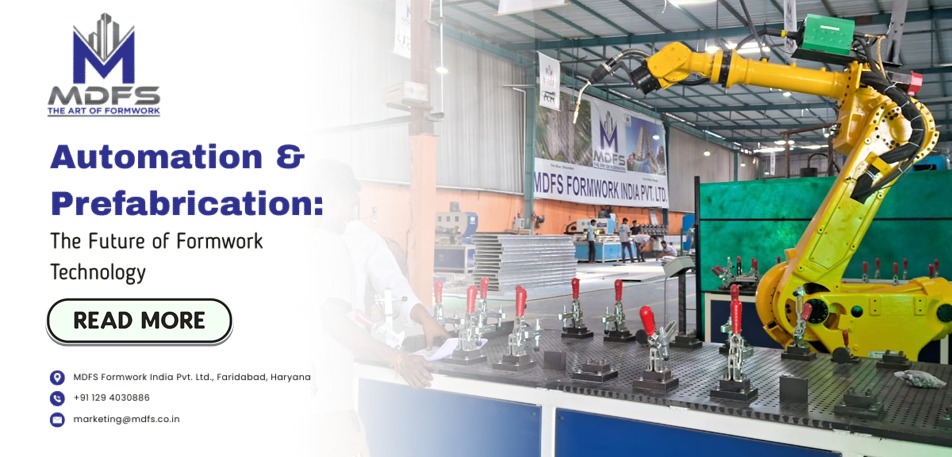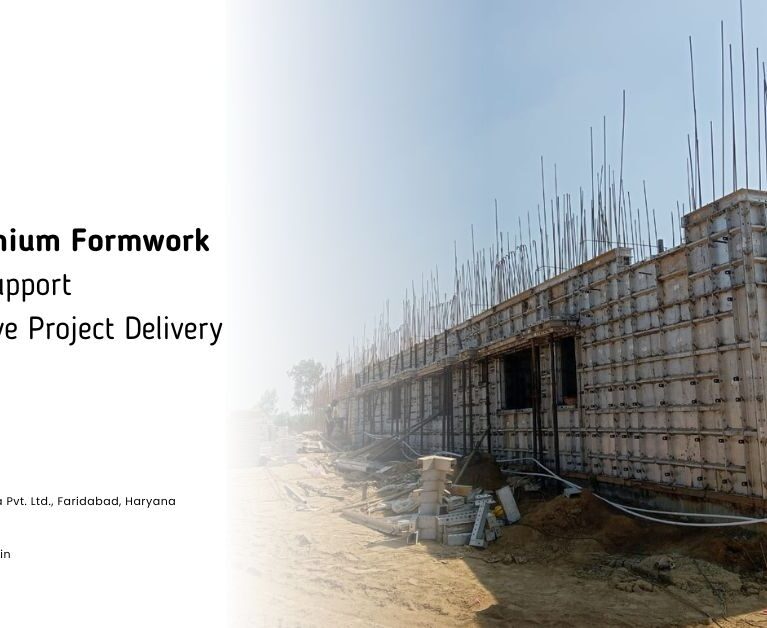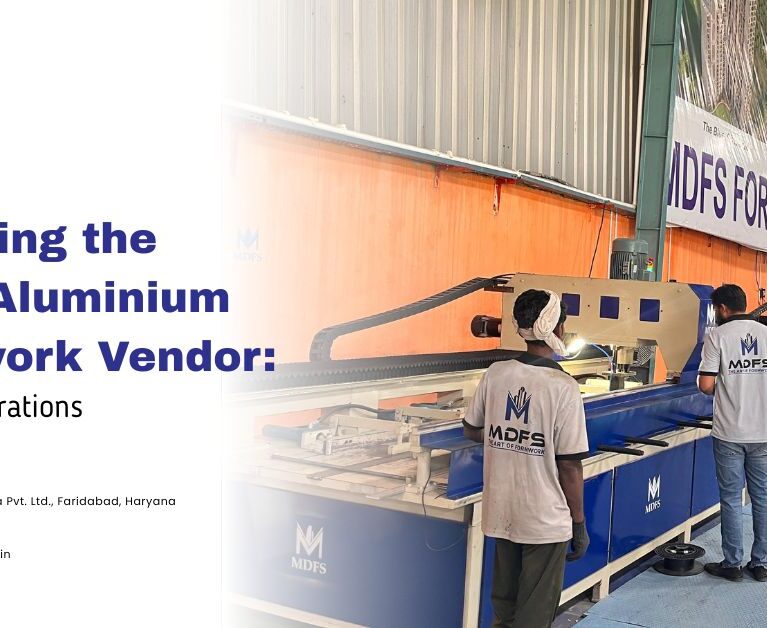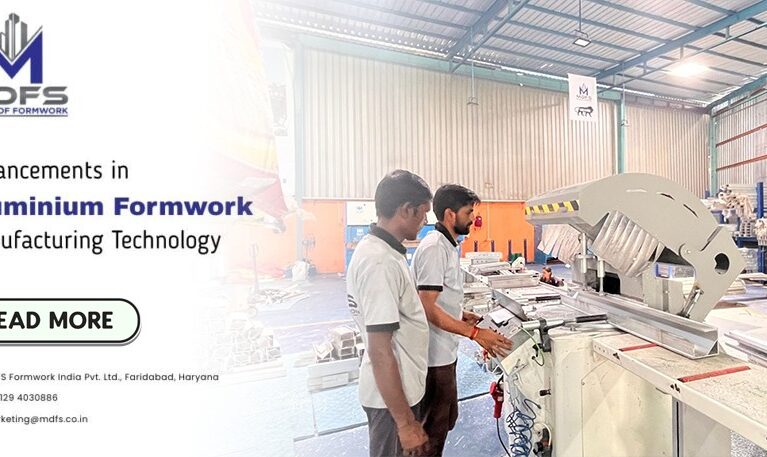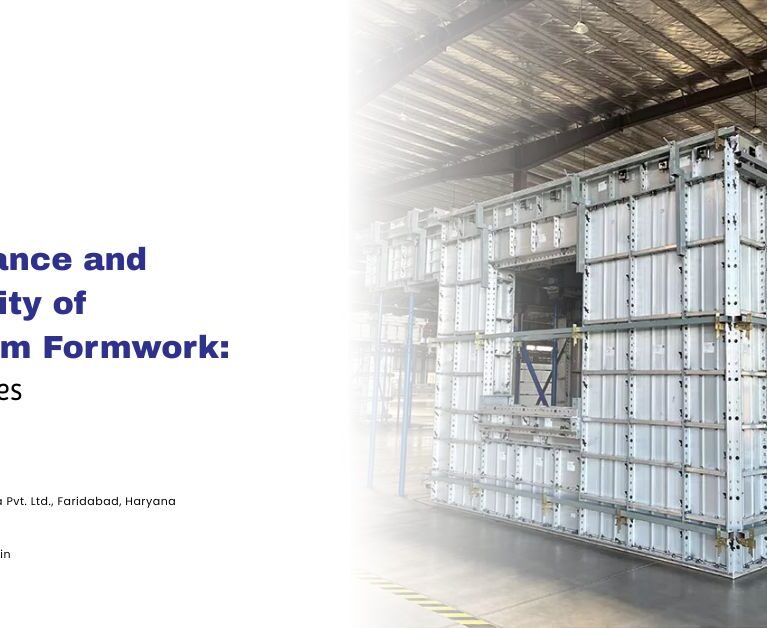In the ever-evolving world of construction, innovation is not a luxury—it’s a necessity. As timelines shrink and project complexities grow, the industry is turning to automation and prefabrication to revolutionize long-standing processes. One such transformation is taking place in formwork technology, with aluminium formwork leading the charge.
While timber and steel formworks have had their place, they fall short in today’s fast-paced construction environment. Enter aluminium formwork—a lightweight, durable, and highly reusable alternative. More importantly, when combined with automation and prefabrication, aluminium formwork becomes a cornerstone of the construction industry’s future.
The Growing Need for Change
Traditional formwork methods are labor-intensive, time-consuming, and prone to human error. They contribute significantly to construction delays and cost overruns. In contrast, the demand today is for scalable, efficient, and sustainable building methods.
This is where automation (through robotics, digital modelling, and CNC machining) and prefabrication (off-site manufacturing of components) offer a competitive edge. Together, they are redefining the design, production, and implementation of formwork.
Aluminium Formwork: A Natural Fit for Automation
The modular design and consistent dimensions of aluminium formwork systems make them particularly well-suited for automation. Unlike timber, aluminium allows for precise fabrication using CNC machines, which can manufacture components to exact specifications with minimal wastage.
Many aluminium formwork vendors are already adopting automated production lines. These lines streamline processes like extrusion, cutting, welding, and assembly, drastically reducing turnaround time and increasing the consistency of each formwork panel.
Automation virtually eliminates errors that traditionally arose from manual fabrication, leading to better build quality and tighter project control.
Prefabrication: Taking Efficiency Off-Site
Prefabrication allows aluminium formwork systems to be manufactured off-site in controlled environments. Once completed, these systems are shipped to construction sites and rapidly assembled. This drastically reduces on-site labor requirements and shortens project timelines.
The modularity of aluminium formwork makes it especially compatible with prefabrication. Vendors can fabricate components for entire building units, ready to be installed floor by floor or unit by unit.
Top aluminium formwork vendors are leveraging this advantage to offer custom-engineered solutions tailored to specific architectural designs, further optimizing installation processes and ensuring structural accuracy.
Digital Integration: The Bridge Between Automation and Prefabrication
Automation and prefabrication are powerful on their own, but when integrated through Building Information Modeling (BIM) and digital design tools, they unlock even greater efficiency.
Today, advanced software allows engineers and formwork vendors to simulate every stage of a project before it breaks ground. Formwork layouts can be digitally modeled and optimized for reuse, reducing material waste and streamlining the construction sequence.
Some aluminium formwork vendors now offer 3D modeling services as part of their product packages. These digital tools not only enhance project visualization but also integrate with automated manufacturing systems, ensuring seamless transition from design to production.
Environmental & Economic Benefits
In addition to speed and accuracy, automation and prefabrication in aluminium formwork systems offer several sustainability and cost advantages:
- Reduced Waste: Automated cutting and standardized panels reduce off-cuts and scrap materials.
- Lower Labor Costs: Less manual labor is required both in manufacturing and on-site installation.
- Higher Reusability: Aluminium formwork can be reused up to 300 times, making it a long-term investment.
- Improved Safety: Pre-assembled systems reduce the number of workers at height and on unstable surfaces.
These factors are particularly appealing in a market increasingly driven by green building certifications and ESG (Environmental, Social, Governance) goals.
The Role of Aluminium Formwork Vendors
As automation and prefabrication become the norm rather than the exception, the role of aluminium formwork vendors is evolving. They are no longer just suppliers—they are partners in the design, planning, and execution of construction projects.
Forward-thinking vendors are:
- Investing in automated factories with robotics and AI-driven optimization.
- Offering custom prefabricated kits that match project blueprints.
- Collaborating with architects and contractors from the design phase.
- Providing on-site training and digital support for installation crews.
Choosing the right vendor is now a strategic decision. Builders and developers look for vendors that offer not only high-quality aluminium formwork systems but also technological capability, customization, and ongoing support.
Looking Ahead: Smarter, Faster, Greener
As construction technology accelerates, aluminium formwork systems stand to gain the most. With smart sensors, augmented reality (AR) for layout guidance, and AI-based optimization tools entering the space, the integration between digital and physical construction will continue to deepen.
For developers, architects, and contractors, embracing automation and prefabrication through trusted aluminium formwork vendors isn’t just a way to stay competitive—it’s a pathway to building smarter, faster, and greener.
Conclusion
The future of formwork technology lies in automation and prefabrication, and aluminium formwork is leading the way. As demand grows for efficient, cost-effective, and sustainable construction methods, digital manufacturing and formwork innovation are transforming how builders bring structures to life.
Partnering with forward-looking aluminium formwork vendors will be essential for any company aiming to stay ahead in this new construction era.


